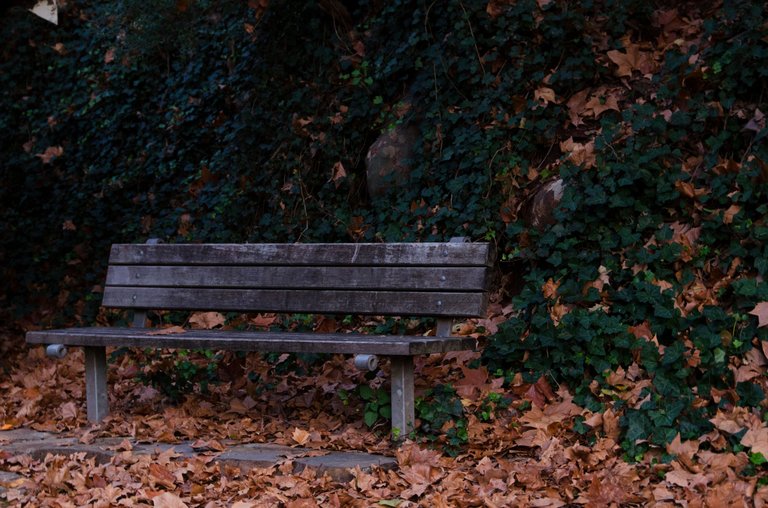Light is time, time is light, photographs are moments - musings
Every year, or every few months, or every, some unspecified length of time, I get to thinking about the relationship of time, light and photography, and every time; I want to write about it.
Like a lot of things, it starts with physics. Please be patient with me while I try to understand.

Photons I captured in Adelaide, South Australia.
In every moment, the sun hurls an unfathomable number of photons into the universe. The Earth just happens to be in the way from time to time. Through this coincidence, or rather physical, gravitational cause of the Earth being there, photons strike the planet's surface and bounce around until something absorbs them.
Our very vision is the basis of these particles of light. Our eyes devour them, biological processes happen and convert them to electrical signals. Our brain presents us with a transient vista. We call that our world. Sometimes, we witness beauty, and other times, horror. Sometimes both, paradoxically, at the same time.
Our vision has another advantage: It also stops us from walking into doorways, moving objects, or falling down disused mine shafts.
Photography too; uses light, focused through a lens, to etch a substance sensitive to light. That light, whether it is manufactured in the almost unending furnace that is our sun, the local star, or through the means of electrical or chemical energy, is never the same light.
As Heraclitus, a Greek Philosopher of the past, once murmured:
No man ever steps in the same river twice
I make the assertation that light works in the same way. The morning sun that peeks through your curtains each day comes from the same source, but it is never the same. Therefore, each time you look upon your bedsheets, or the back of your hand, its never the same photon hitting your eye. It probably isn't even the same skin cell, but that's a discussion for another day.
Light flows constantly from the sun. Our timekeeping is based on the Earth's motion around it. We measure the passage of time as the passage of the Earth around the brightest light in our sky. The length of a year, a day, a moment are all defined by where we are in relation to the sun and its endless emission of photons.
A photograph is simply a moment captured. It consumes the light of the scene before the lens and etches it away into a physical or digital medium. The only way to "Trap" those photons forever is to capture them in a photograph.
You've just got to find the ones that are pleasing.
I remember doing a deep dive (literally) as part of my advanced scuba course. Thirty metres from the surface, standing next to the scuttled HMAS Hobart, I looked at the red needle on my gauge and it was grey. Plenty of brightness down there, lovely day; but bandwidths of colour get absorbed by water at different rates. Red is the first to go. Because that light traveled through 30m of water before hitting the needle and bouncing back to my eyeballs, all the red was gone. I shone my torch on it, and the needle was red again (that light only traveling through 1 metre of water).
Fascinating.
My favourite (and only) book on the physics of light is called... "Light, Science and Magic", and its pretty relevant in terms of its title :)